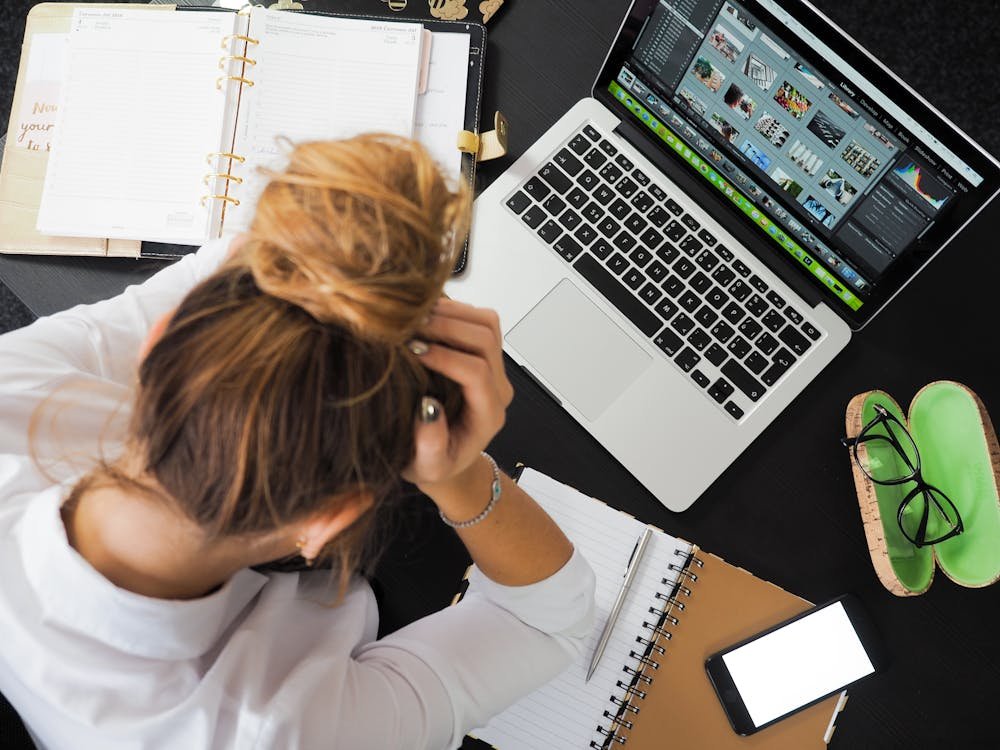
In our hyper-connected world, we spend over 7 hours a day on screens—often without realizing it. Whether it’s scrolling social media, checking emails, or binge-watching, our digital lives are crowding out real moments. A digital detox isn’t about ditching technology forever. It’s about setting boundaries so you can protect your mental clarity, focus, and well-being.
🧠 How Excess Screen Time Affects Your Brain and Body
Too much screen time has been linked to:
- Increased anxiety and stress
- Poor sleep quality
- Lower attention span
- Eye strain and headaches
- Reduced productivity
A digital detox helps you reset and take back control over your time and mental space.
🧘♀️ Benefits of a Digital Detox
- ✅ Better Mental Health – Less time online means fewer comparisons, less FOMO, and lower stress.
- ✅ Improved Focus – Cutting distractions helps you stay in the present moment.
- ✅ Deeper Sleep – Less blue light = better sleep cycles.
- ✅ Stronger Relationships – Real connections thrive when you put your phone down.
🔄 Signs You Need a Digital Detox
- You check your phone first thing in the morning and last at night.
- You feel anxious or irritated without your phone.
- You’re constantly multitasking with screens.
- You scroll even when you’re not interested.
- You have screen-related fatigue (dry eyes, brain fog, restlessness).
If any of these sound like you, it’s time to unplug.
📅 Step-by-Step Digital Detox Plan (Beginner Friendly)
1. Start Small with Screen-Free Hours
Try a tech-free morning or an hour before bed. Replace screen time with journaling, walking, or stretching.
2. Turn Off Notifications
Disable non-essential notifications. You’ll be amazed at how much calmer you feel.
3. Use Apps That Help You Unplug
Apps like Forest, Freedom, or Moment can help you limit screen use intentionally.
4. Create No-Phone Zones
Keep devices out of the bedroom, bathroom, or dining table.
5. Take a Full Digital Sabbath
Pick one day a week to go completely offline—no emails, no social media, no news apps.
6. Replace Scrolling with Mindful Activities
Read a physical book, go for a walk, cook a new recipe, or meditate. These ground you in the real world.
🌿 Long-Term Digital Well-Being Tips
- Practice mindful tech use: Ask yourself “Why am I picking up my phone right now?”
- Schedule intentional tech time (e.g., 30 minutes for social media, then log off).
- Use a paper planner or journal instead of digital ones.
- Connect with others face-to-face or by phone instead of texting.
- Make your home screen minimalist – remove distracting apps.
✨ What to Expect After a Digital Detox
Most people report:
You might even rediscover hobbies you forgot you loved.
- Clearer thoughts
- Reduced anxiety
- More energy
- Increased productivity
- A renewed sense of control📝 Final Thoughts: Take Back Your Life, One Screen at a Time
You don’t have to give up tech forever—but you do need boundaries. A digital detox is a powerful act of self-care in today’s noisy world. Reconnect with what matters most by giving your mind the space to breathe.
📣 Call to Action (CTA):
👉 Ready to unplug? Start your 7-Day Digital Detox Challenge today—subscribe to get the free guide and reclaim your time.